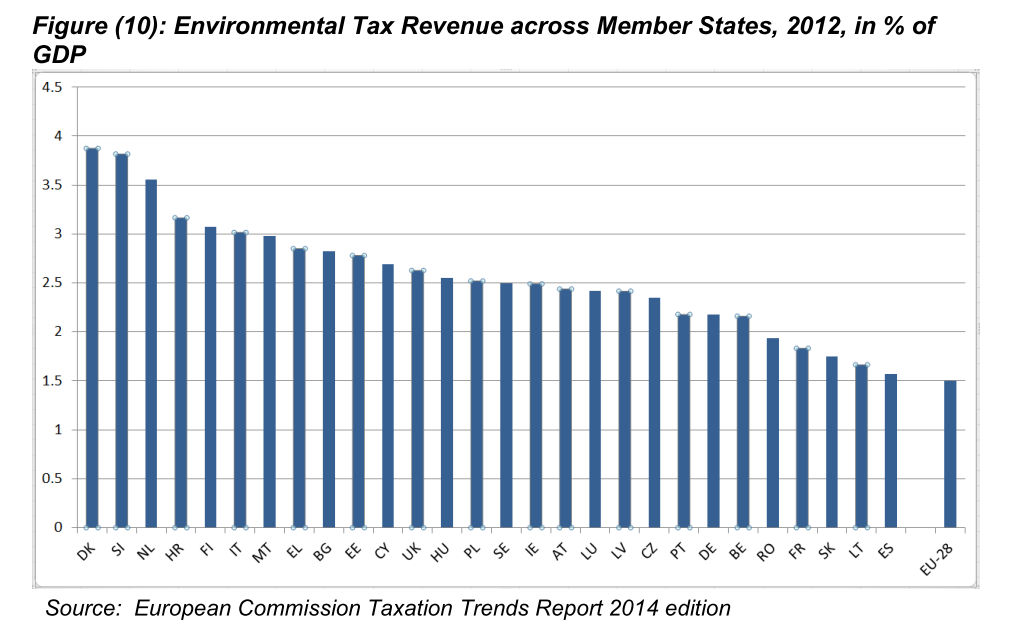How To Avoid Common Investing Problems
Post on: 29 Март, 2015 No Comment

It has happened to most of us at some time or another: You’re at a cocktail party enjoying your drink and hors d’oeuvres, and the blowhard happens your way. You know he’s going to brag about his latest giant accomplishment. This time, he’s taken a long position in Widgets Plus.com, the latest, greatest online marketer of household gadgets. You come to find he knows nothing about the company, is still completely enamored with it and has invested 25% of his portfolio in it hoping he can double his money quickly.
Despite your resistance to hearing him drone on, you start to feel comfortable and smug in knowing that he has committed at least four common investing mistakes and that hopefully, this time he’ll learn his lesson. This article will address eight of those common mistakes, including: investing in something you don’t understand, falling in love with a company, lack of patience, turning over your portfolio too often, market-timing, waiting to get even, failing to diversify and letting your emotions rule the process.
One of the world’s most successful investors, Warren Buffett. cautions against investing in businesses you don’t understand. This means that you should not be buying stock in companies if you don’t understand the business models. The best way to avoid this is to build a diversified portfolio of exchange-traded funds (ETFs) or mutual funds. If you do invest in individual stocks, make sure you thoroughly understand each company those stocks represent before you invest.
2. Falling in Love with a Company

Too often, when we see a company we’ve invested in do well, it’s easy to fall in love with it and forget that we bought the stock as an investment. Remember: you bought this stock to make money. If any of the fundamentals that prompted you to buy into the company change, consider selling the stock.
3. Lack of Patience
How many times has the power of slow and steady progress become imminently clear? Slow and steady usually comes out on top — be it at the gym, in school or in your career. Why, then, do we expect it to be different with investing? A slow, steady and disciplined approach will go a lot farther over the long haul than going for the Hail Mary last-minute plays. Expecting our portfolios to do something other than what they’re designed to do is a recipe for disaster. This means you need to keep your expectations realistic in regard to the length, time and growth that each stock will encounter.














